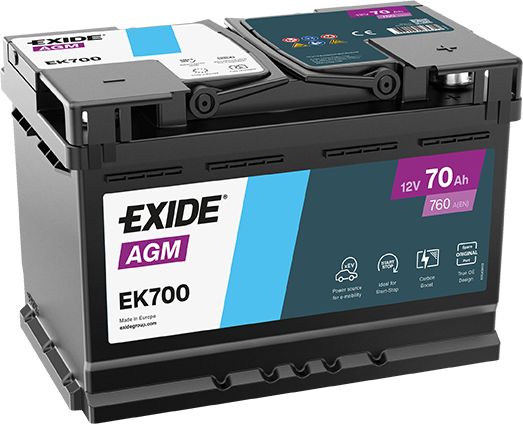The standard battery is 70Ah (C20). This means a 3.5A drain/discharge for 20 hours. People rightly claim that the peukert effect (my spelling might be wrong) means a lead acid battery will only deliver a fraction of the rated (Ah) capacity when they are discharged at high current (maybe 1/4 or 1/3rd for example), such as when starting a car at 700A (700A is 10C on a 70Ah battery).
However, parasitic losses when parked up, are discharged at very low current rates (much lower than 20C, meaning peukerts effect is not applicable) and so it’s not really true/accurate to be stating a 20Ah Lithium battery is going to be equivalent to a 70Ah AGM, when you are talking about how long it can remain parked up, without draining the battery.
Peukerts effect means for example a fully charged 20Ah lithium battery might start an engine an equal number of time (or more), as a 70Ah AGM, before it no longer has the power to do so. It doesn’t mean the 20Ah Lithium can maintain a charge for as long when parked up as the 70Ah AGM. By rights the AGM should be able to maintain sufficient charge for 2 times, 3 times longer.
A suitable lithium battery can deliver the necessary cranking current without the need to have so high a capacity (Ah) as an AGM battery, because it has a higher C rate. So you can get away with a smaller battery, yet it’s still got the necessary punch. So you can undersize it.
I get the sense the suppliers/manufacturers of these Lithium ICE starter batteries, are skimming over some aspects of their performance, and twisting the truth somewhat regards the peukerts effect. A much smaller capacity Lithium battery can be totally adequate, it just will not retain Charge anywhere near as long when parked up as a higher capacity AGM battery.











